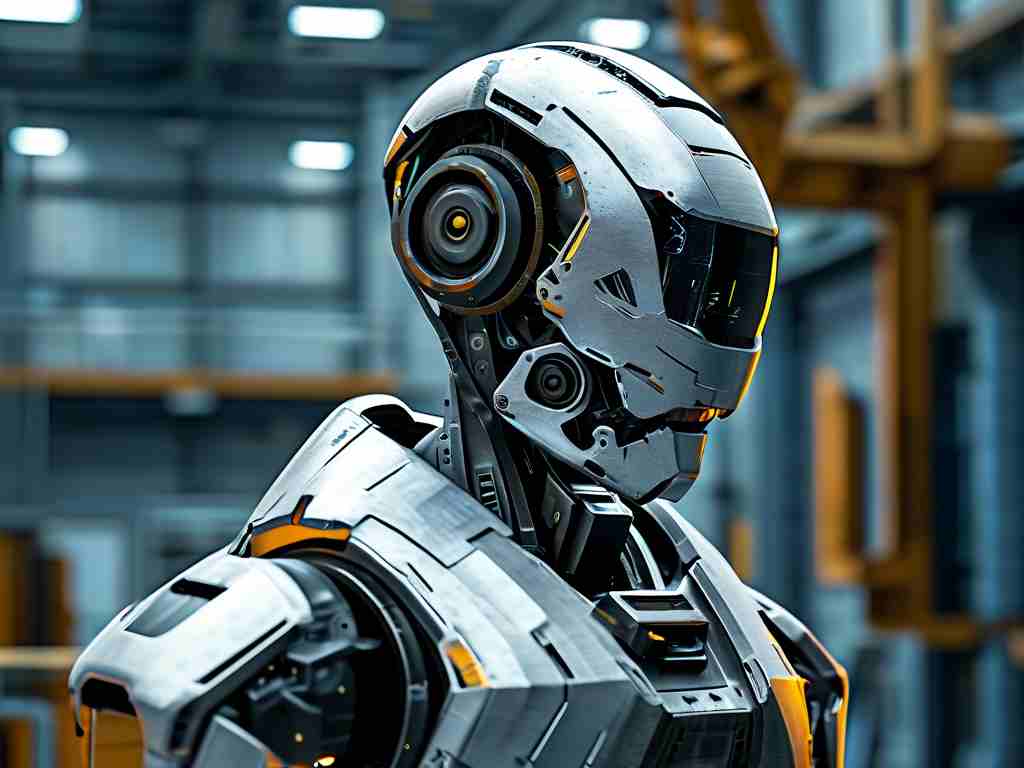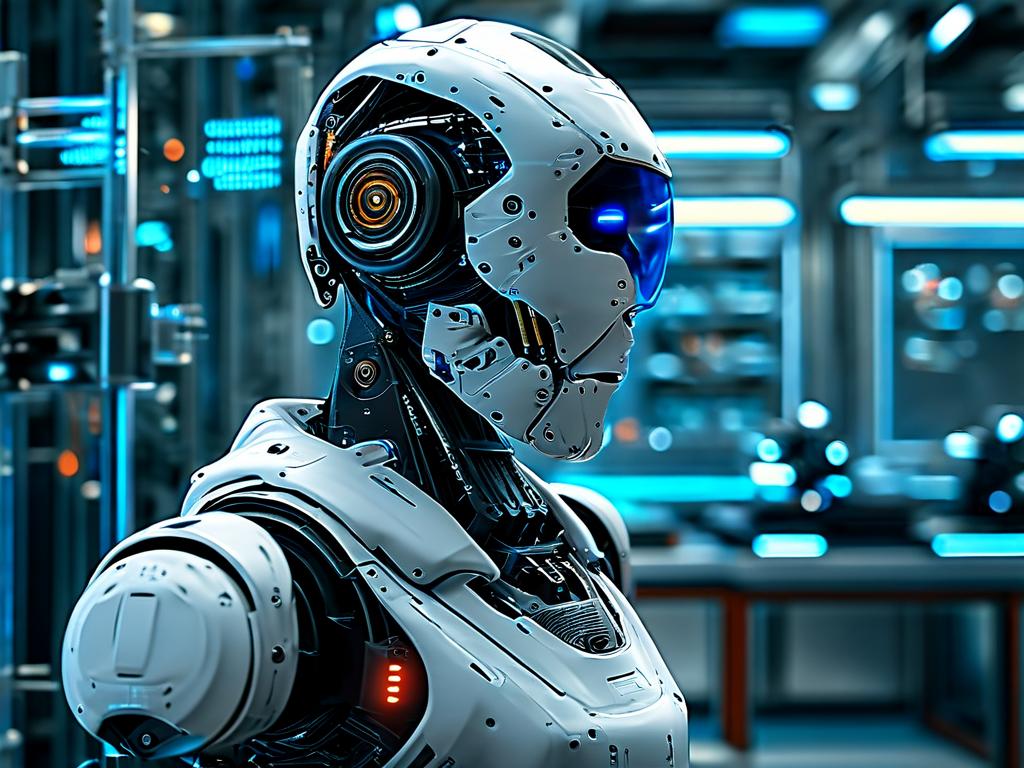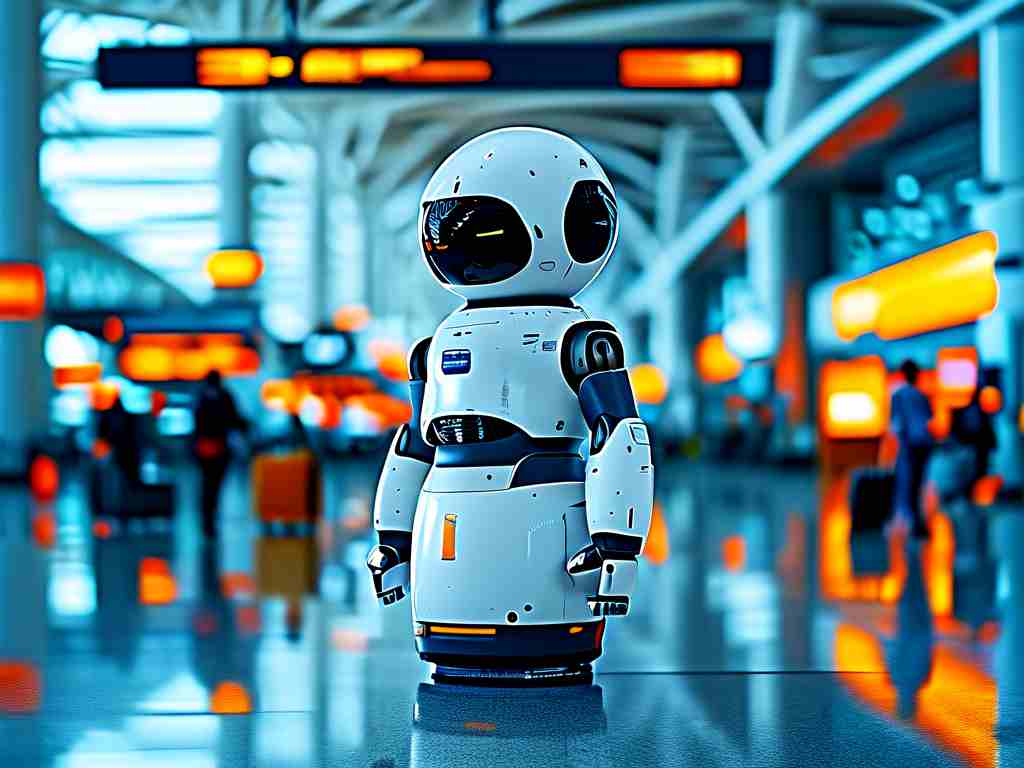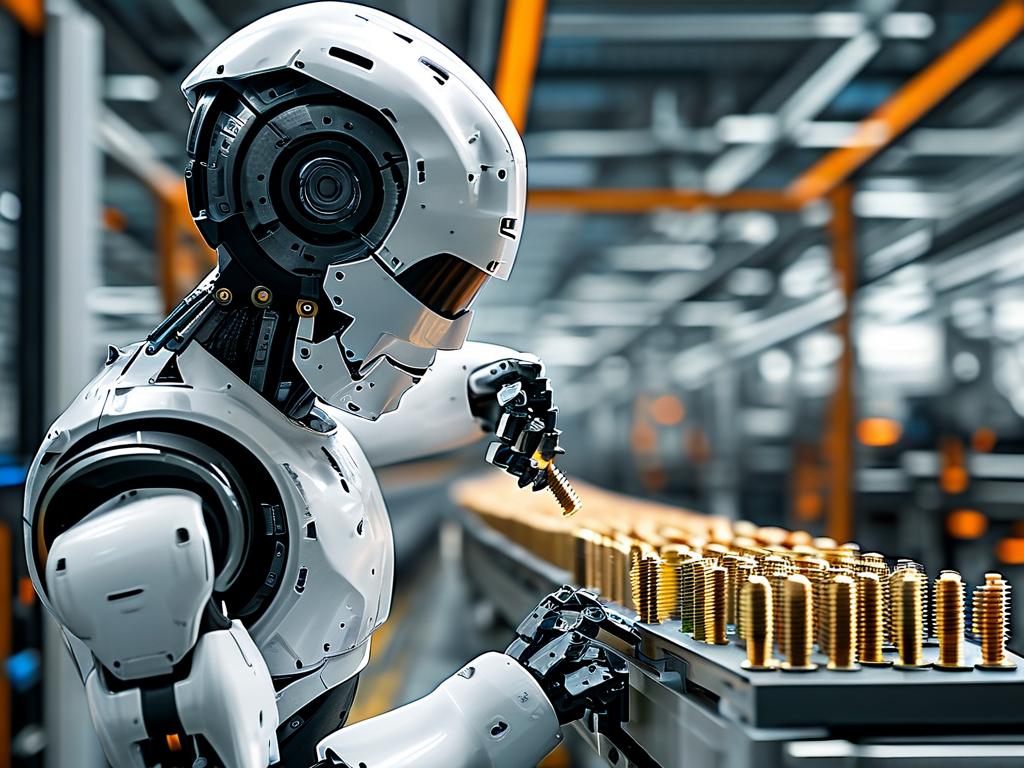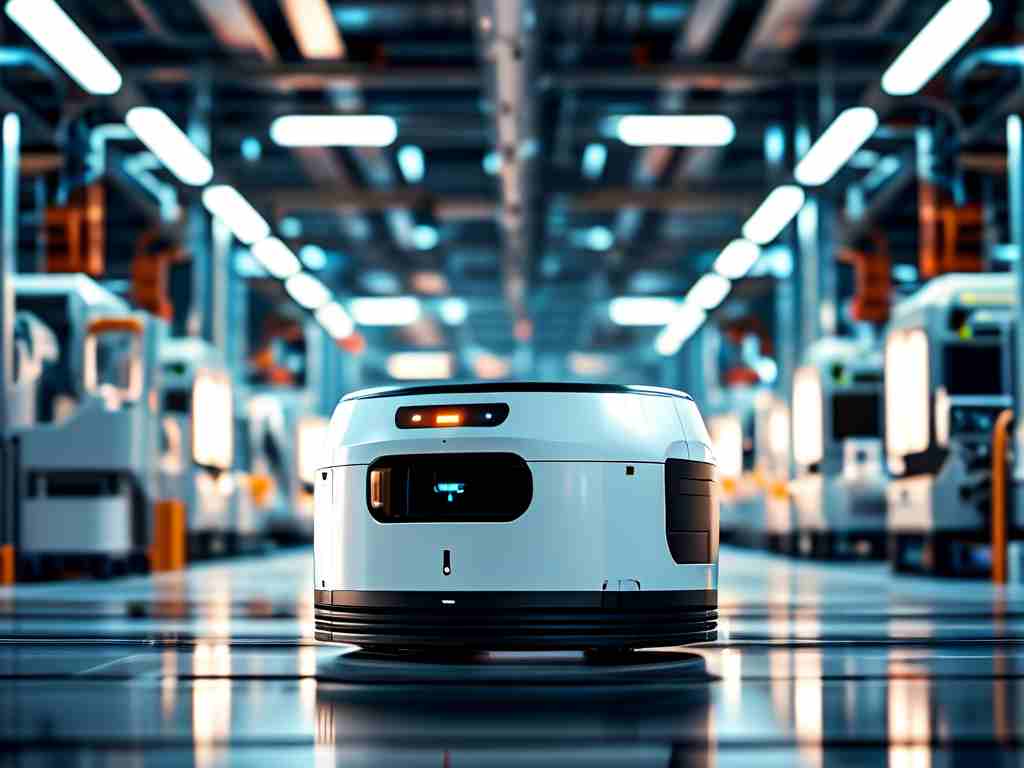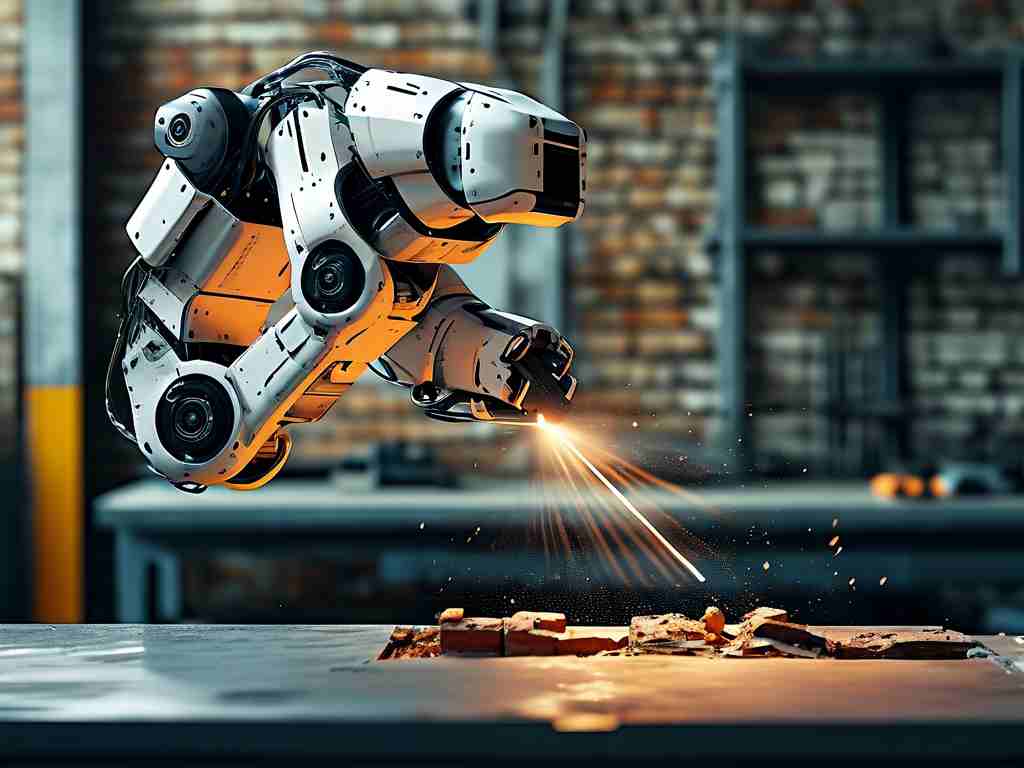The ability of humanoid robots to perform acrobatic maneuvers like backflips has transitioned from science fiction to reality over the past decade. This leap in robotic agility hinges on advancements in mechanical design, sensor integration, and real-time control algorithms. Unlike industrial robots confined to repetitive tasks, dynamic bipedal robots must balance power, precision, and adaptability—a trifecta that makes backflips particularly challenging.
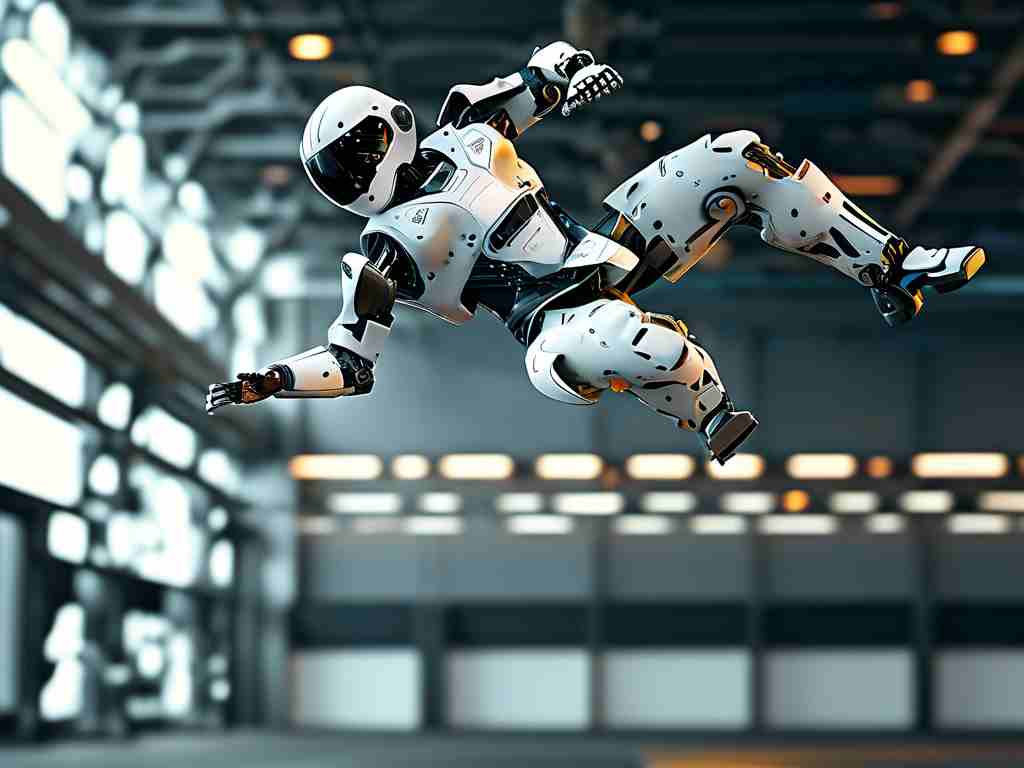
The Physics of Robotic Backflips
Executing a backflip requires precise coordination between angular momentum and center-of-mass trajectory. For a robot weighing over 80 kg (like Boston Dynamics' Atlas), generating sufficient torque to lift off while maintaining mid-air rotation demands actuators capable of delivering explosive force. Hydraulic systems, often used in advanced robots, provide the necessary power density but introduce complexity in weight distribution. Engineers address this by optimizing linkage mechanisms and using lightweight alloys, achieving torque-to-weight ratios comparable to human muscle groups.
Mid-air posture correction is another critical factor. Inertial measurement units (IMUs) and gyroscopes feed data to control systems at 1,000 Hz frequencies, enabling micro-adjustments to limb positions during flight. For example, slight arm movements can counteract unwanted rotational drift—a technique inspired by divers and gymnasts. Machine learning models trained on motion-capture data from athletes further refine these adjustments, allowing robots to adapt to variables like surface friction or uneven takeoff angles.
Control Systems: Where Software Meets Hardware
The "brain" behind robotic flips lies in model predictive control (MPC) algorithms. These systems solve complex differential equations in milliseconds to predict optimal joint trajectories. Consider a backflip divided into four phases: crouch, launch, rotation, and landing. During launch, MPC calculates required knee and hip actuator forces while accounting for ground reaction forces. If sensors detect insufficient lift (e.g., due to a slippery surface), the system aborts the flip or modifies rotation speed mid-air—a failsafe absent in early prototypes.
Open-source robotics frameworks like ROS2 now integrate real-time physics engines such as Gazebo, allowing simulation of flips under countless scenarios before hardware testing. A 2023 study by ETH Zurich demonstrated how simulated reinforcement learning reduced real-world training time for backflips by 70%. However, transferring simulated perfection to physical robots remains hindered by the "reality gap"—subtle differences between digital models and actual sensor noise or mechanical wear.
Applications Beyond the Wow Factor
While backflips make for viral videos, the underlying technologies have serious applications. Search-and-rescue robots navigating collapsed buildings benefit from improved balance recovery systems originally developed for flip landings. In industrial settings, agile robots can traverse scaffolding or conveyor systems with human-like dexterity. Even prosthetics design has borrowed from backflip research, with adaptive ankle actuators now providing amputees with more natural gait transitions.
The military sector shows keen interest, too. DARPA's recent funding initiatives highlight goals for robots that can perform "tactical maneuvers" in hostile environments. A robot capable of ducking, rolling, or flipping could evade obstacles more effectively than wheeled or tracked counterparts.
Ethical and Technical Hurdles
As robots gain athletic prowess, questions arise about safety and control. A miscalculated backflip by a 150 kg robot could cause significant damage, necessitating redundant safety protocols. Current solutions include force-limited actuators and contact detection systems that trigger emergency shutdowns upon unexpected collisions.
Energy efficiency also looms as a barrier. A single Atlas-style backflip consumes approximately 600 watts—enough to power a household refrigerator for an hour. Researchers are exploring hybrid power systems combining batteries with ultra-capacitors to handle peak energy demands without increasing overall weight.
The Road Ahead
Next-generation robots aim to combine flips with other maneuvers. Toyota's 2024 prototype demonstrated a running front flip followed by a precision jump onto a 30 cm platform—a sequence requiring seamless transitions between motion primitives. Meanwhile, soft robotics labs are experimenting with silicone-based actuators that could enable safer, more fluid acrobatics reminiscent of biological systems.
As these technologies mature, we may see robotic acrobatics become standardized performance metrics, much like processor clock speeds in computers. International competitions akin to the DARPA Robotics Challenge could drive innovation, pushing robots toward ever-more-astonishing feats. Yet, the ultimate goal remains clear: creating machines that move with the grace and adaptability of living organisms, transforming industries from entertainment to emergency response.


